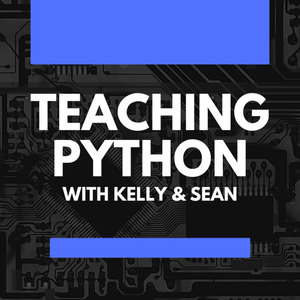Practice Makes Perfect
After instruction and 'code alongs,' I always assign supporting articles and texts from online sources to enhance student knowledge. The texts are often online and consist of short tutorial articles, code explanations, or hardware projects. The intended reading assignments are assigned to help strengthen coding knowledge and build more skills. However, these activities were never without a "fight" and often did not produce the expected outcomes.
As I replicated lessons each quarter, I began noticing a pattern with students. Moreover, scorn began to develop for the ever so familiar and anticipated, "I am so confused!" statement after reading an excerpt or webpage tutorial.
Instead of supporting the learning and enhancing the lessons, the text assignments appeared to be hurting the learning and hindering progress. I began to think that students could not read! And was desperate to change strategies.
"Could not read" may be a slight exaggeration. Students were capable readers of fiction and had many opportunities to develop comprehension with DRA tests in the lower school. Also, students could read the assigned text and, for the most part, state what they read. However, after further investigation, I determined that students were reading but not comprehending or processing the assigned informational text. Their information literacy skills were not well developed for informational text and reading tutorials online.
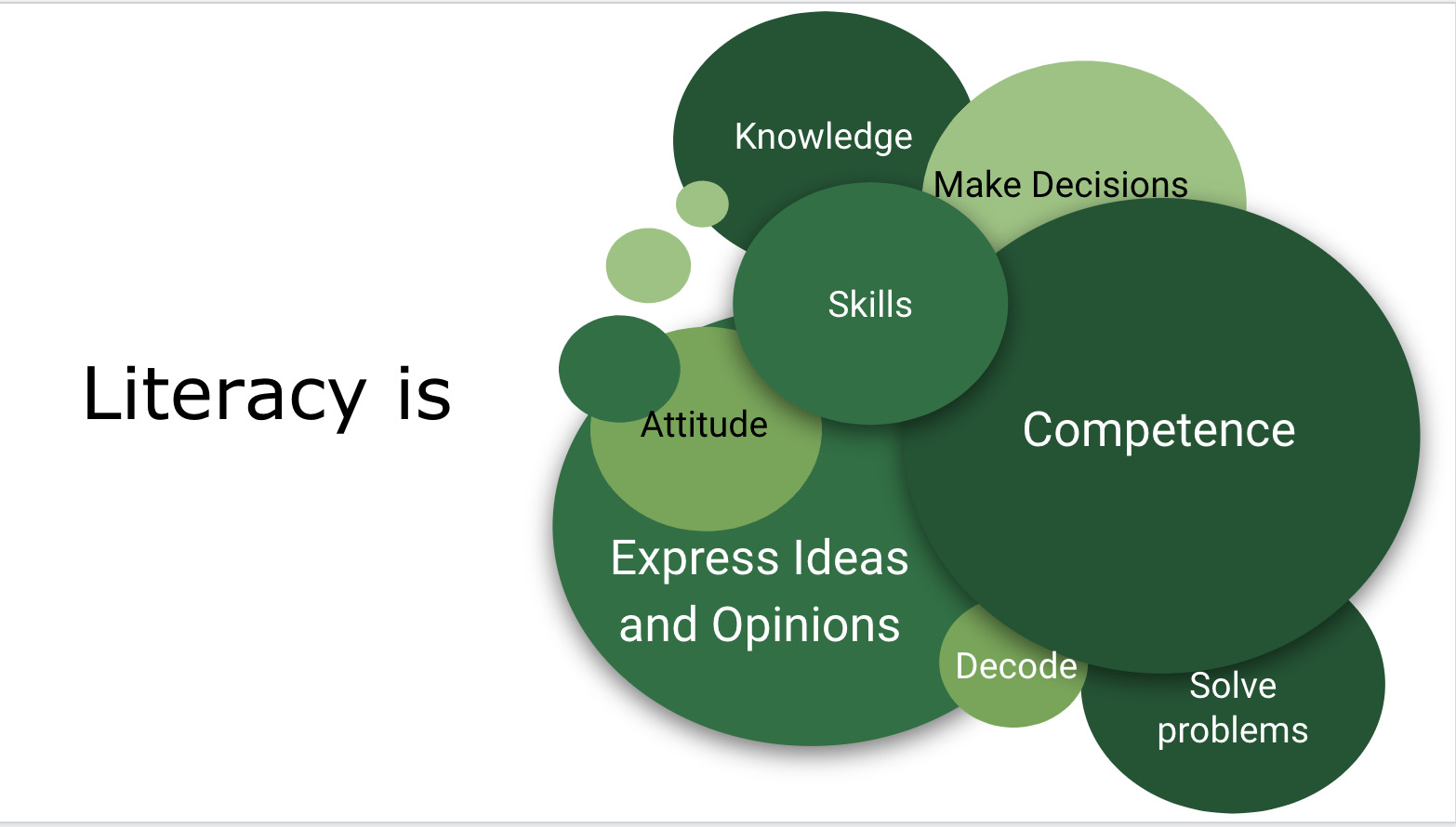
"Literacy is the ability to read, write, speak and listen, and use numeracy and technology, at a level that enables people to express and understand ideas and opinions, to make decisions and solve problems, to achieve their goals, and to participate fully in their community and in wider society. Achieving literacy is a lifelong learning process." -Defining Literacy Literacy Advance
Many computer science tutorials, regardless if they are online or in books, are heavy in text and new vocabulary. Even Python kids' books are heavy in new vocabulary, making the informational text challenging for many students to use.
"To become proficient in critical thinking – at least in a literate society – students need to be able to handle text. The text may be long, complex or both. To make sense of it, students cannot skim, rush ahead or continually get distracted." -Naomi Baron
Information literacy skills, are the skills needed to identify, find, evaluate, and use information effectively. A deficiency in these skills makes it difficult for students to comprehend text if the student cannot understand a minimum of 80% of the words. (Check out this interesting website to understand what 80% comprehension feels like.)
Students often developed their coding knowledge during code alongs and by watching screencasts and video tutorials. However, their competence of both the subject's knowledge when they read about it and the skills to develop more knowledge from reading, was low. I decided to make a focused intent to improve their literacy skills.
Activites to Promote Information Literacy
Over the years, I modified the lessons. I started implementing activities and strategies to help students engage with informational text and build their literacy skills. Here are a few activities that can help increase students' skills when reading.
Have the students read, read, and read some more. By increasing access to informational text, students will become more comfortable and competent in deciphering unknown or new vocabulary as they read.
Take snippets or shorter paragraphs and photos from web pages and copy them into documents. Reduce the number of hyperlinks and instead list webpages in a resource section at the end of the document. This technique reduces distraction from the clickbait and focuses their attention on the text alone. Also, it allows you to use photos to support the new vocabulary. and organize the text that is not critical to the learning.
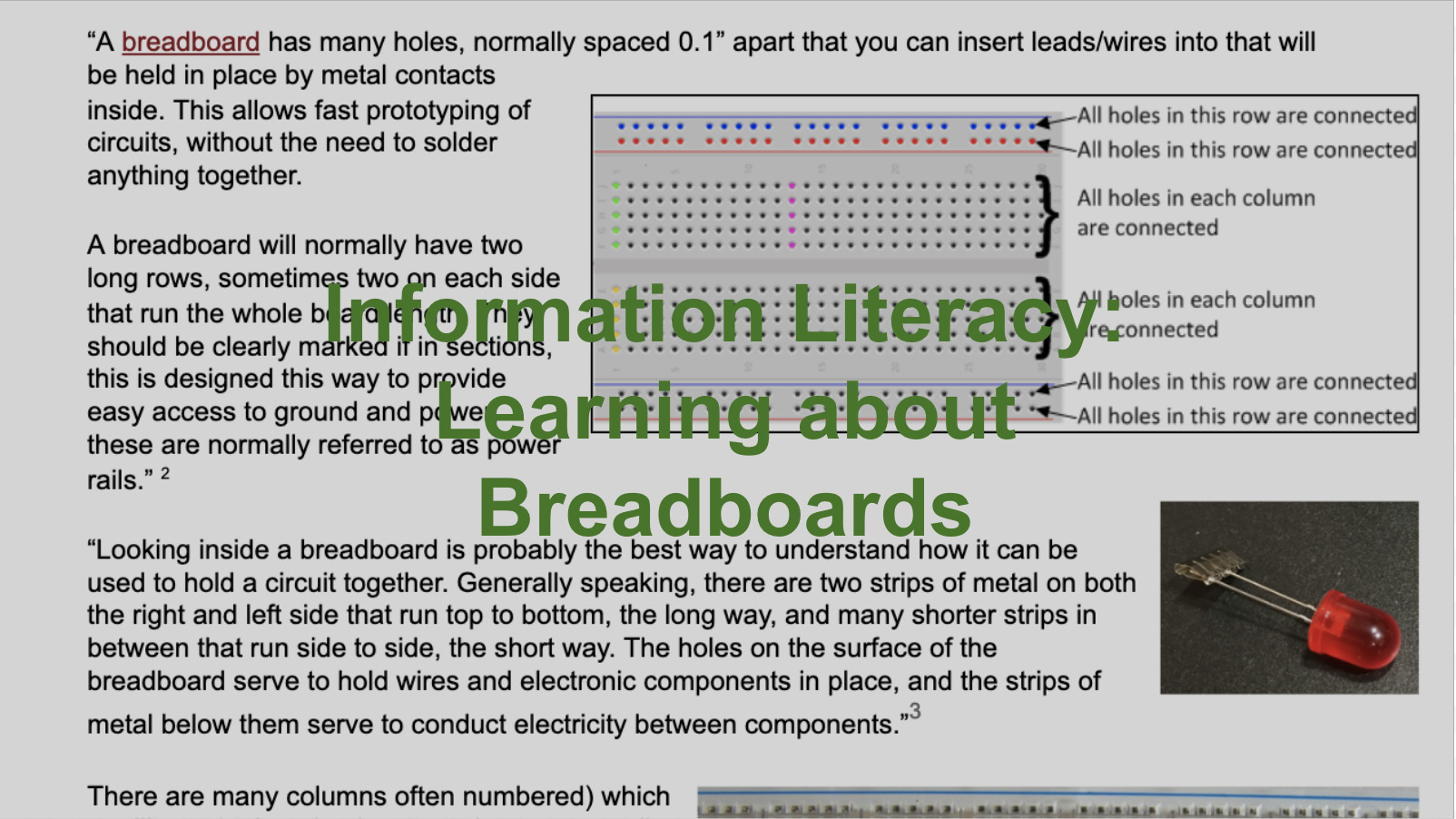
Have students practice with potential vocabulary words out of context. Have students explain the definitions to partners and give them opportunities to become familiar with vocabulary. Eric Matthes created Python Flash Cards, this type of rote learning helps familiarize students with new python terms, such that when they see the word in an informational text, their brain will identify it as a word they may know.
Give students more time with informational text. If the text's length takes approximately 5 minutes to read, double the time and make sure students read the text more than once.
Teach comprehension strategies explicitly while modeling how to read informational text. Show students techniques such as "skim, scan and deep reading" and identify new words in a sentence. Show students how to translate one sentence at a time and provide them with procedures for processing new vocabulary while reading.
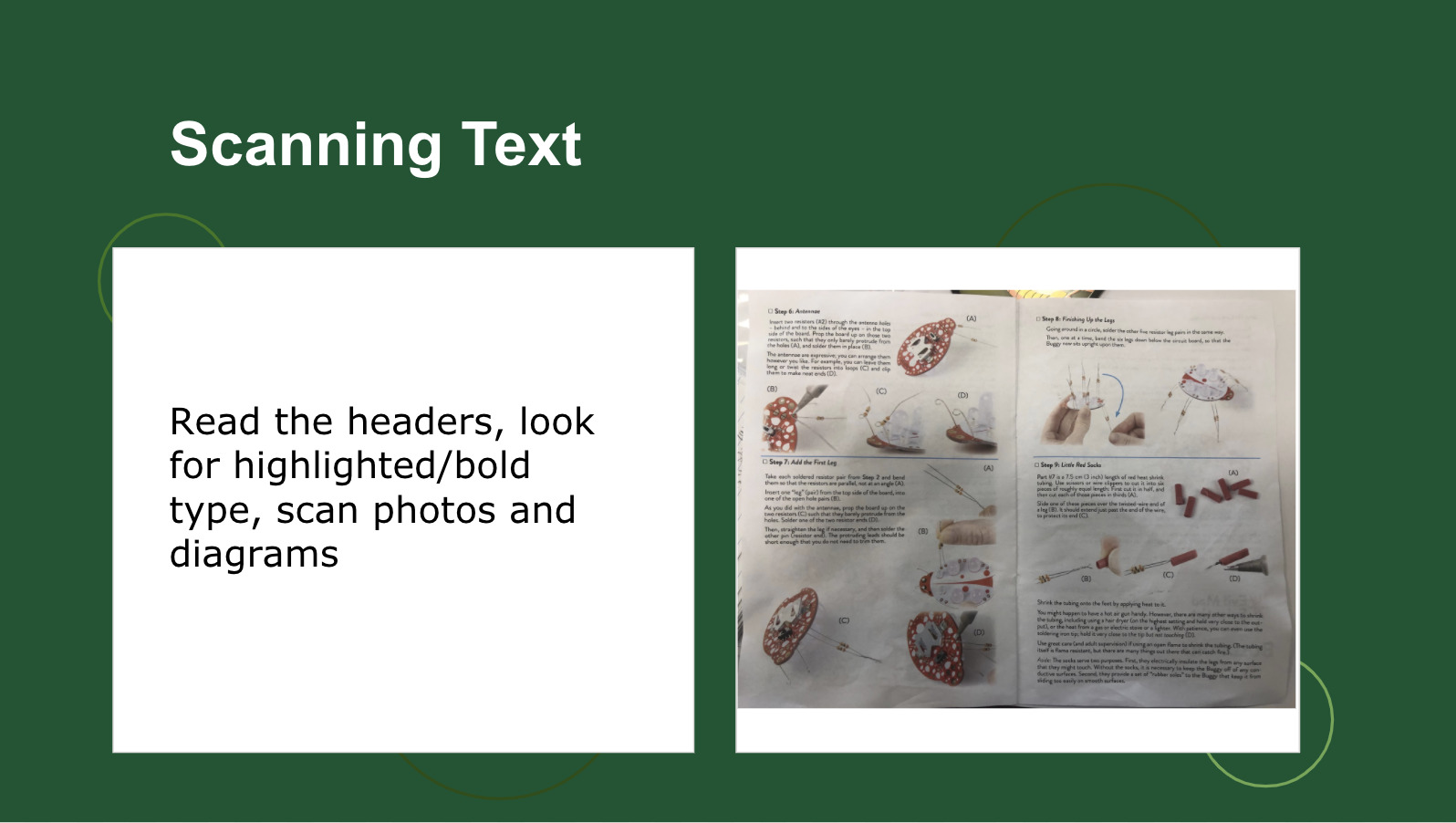
- Always assign informational text for authentic purposes. Ensure that the text they read is both practice for developing competence and text that develops knowledge for an activity that they need to complete.
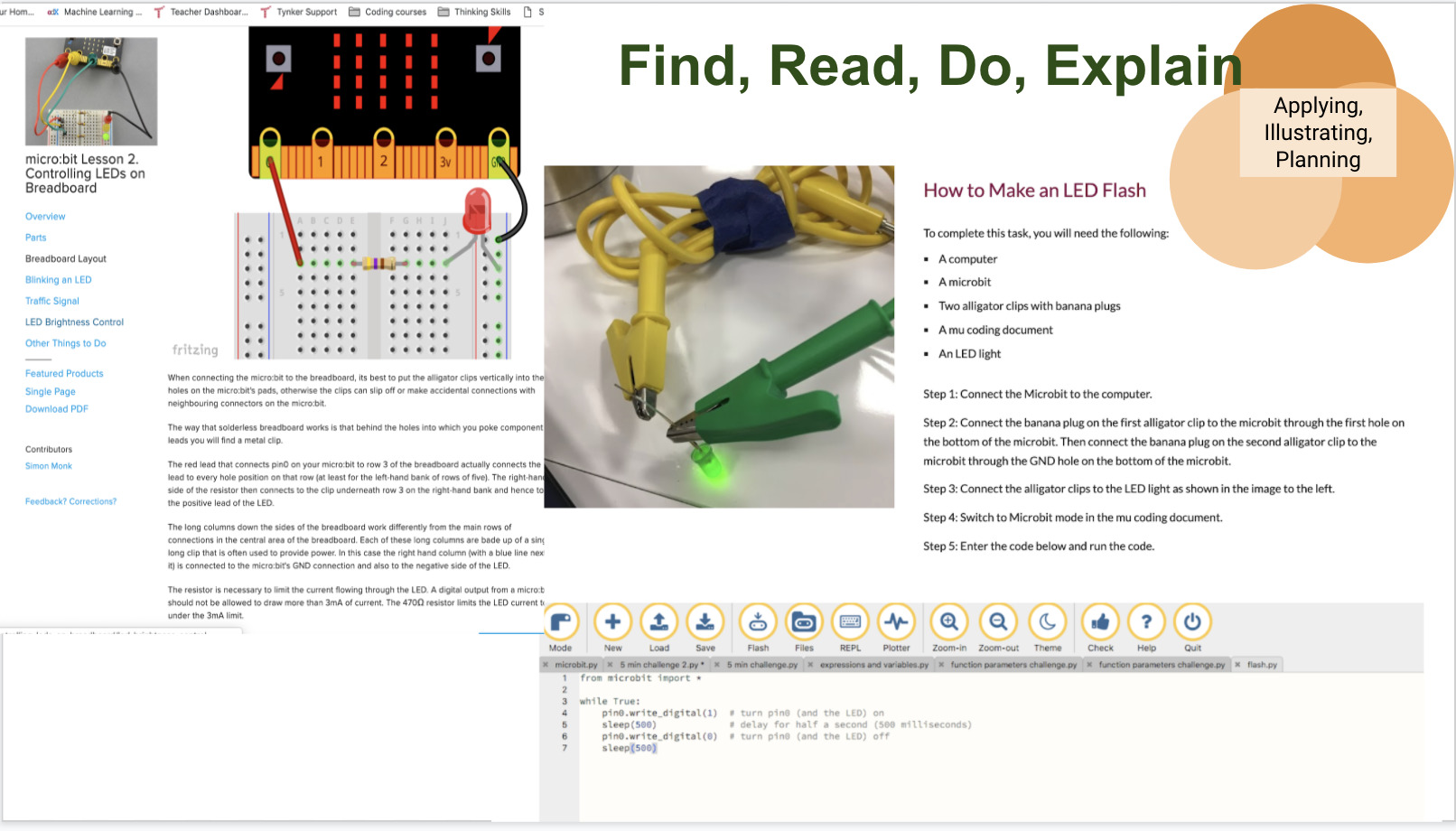
- Using a "Find, Read, Do Explain" technique allows students to engage with informational text, complete an activity, and lastly, explain the activity in their words. This technique helps students comprehend and commit new vocabulary to short-term memory.
These are just a few activities that can be used in the classroom to improve literacy skills with coders. Using techniques daily in class will help students develop their programming skills, provide students with lessons on developing their lifelong learning skills, and develop competency and knowledge in other subject areas.
"The more that you read, the more things you will know. The more that you learn, the more places you'll go.” ― Dr. Seuss, I Can Read With My Eyes Shut!
